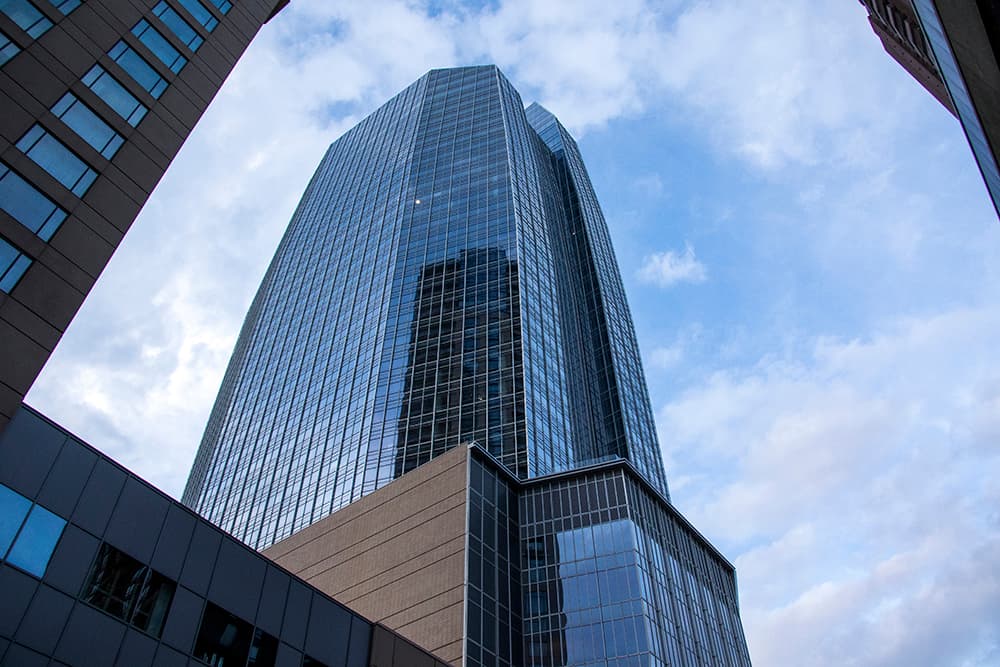Let's just get this out of the way: A "high-rise" is any building over 75 feet, or about seven stories. This is not a Denver definition. This is what the national building code says.
At the end of the last year, Denver sported 498 of high-rises, according to a Denver Fire Department report. In March, that number was 501.
Denver's getting taller. That fact plays out in visible ways -- fewer mountain views, more homes and offices, more people and, if new buildings come with ample parking baked in, more cars and traffic.
Taller buildings have less visible effects on Denver's infrastructure, too.
The Denver Fire Department and building inspectors have more high-rises to inspect.
Following a deadly fire on the Chicago Loop in 2003, that city passed stricter fire laws requiring managers of towers built before 1975 to file reports with the city that detail planned improvements to protect people from a blaze. More than half of the city's residential towers were not up to code by 2012, a Chicago Tribune report found.
Denver's Building and Fire Code is updated every three years, but it's not enforced like Chicago's. For one thing, building inspectors, who are different than fire safety inspectors, are reactive. They examine old buildings only when someone wants a permit to renovate, if someone complains, or if the structure -- including its internal wiring -- fails in some way.
In other words, a building from 1903 is legitimate as long as it met the building code in 1903. (It still has to meet other laws, like accessibility for disabled people). Still, Denver's standards align with national and international codes.
"Every three years there might be a change that happens in our code," said Scott Prisco, who heads enforcement for the city's Development Services sector. "It wouldn't be fair to make someone rewire their whole building just because there was a change when we found a safer way to do it."
Fire inspectors, on the other hand, are proactive. They inspect about 30,000 buildings a year to ensure they meet the fire code, and the growing number of structures adds to that total.
You might wonder why cataclysmic high-rise fires aren't really a thing anymore. Well, we aren't a city built entirely of wood, for one. But we are a city of regulation, said Manuel Almaguer, DFD's chief fire protection engineer.
"Big fires like that don't really happen anymore," Almaguer said. "Usually it doesn't happen just because of inspections and our plan review and making sure we hold design teams and owners up to compliance."
Sometimes a building is missing a fire extinguisher and gets cited, DFD officials say, but big violations -- a deficient sprinkler system, say -- earn an "order to comply." Fire officials handed property owners 180 in the past year.
High-rises are better for Denver's water supply, kind of.
More people means more water use. That's the reality of a growing city.
But Denver Water officials say high-rises conserve water, at least compared to low-rises.
"Generally, denser development, including high-rise development, is helpful in a water supply context," said Todd Hartman, spokesman for the water utility. "If 100 households reside in a high-rise, that's going to result in far less water consumption than would 100 single family homes with yards. Density typically equates to less use per household."
There's also this issue of piping. Denver Water must sometimes replace smaller, older water mains with wider ones to meet the flow and pressure standards dictated by fire codes, Hartman said.













